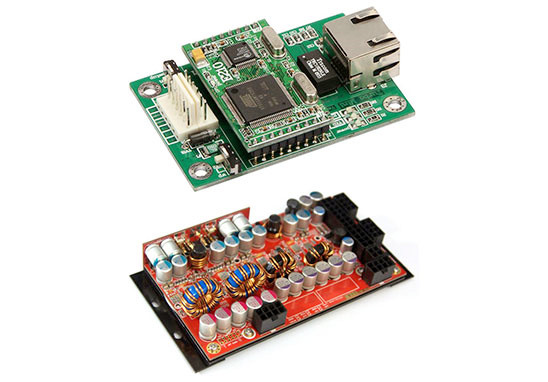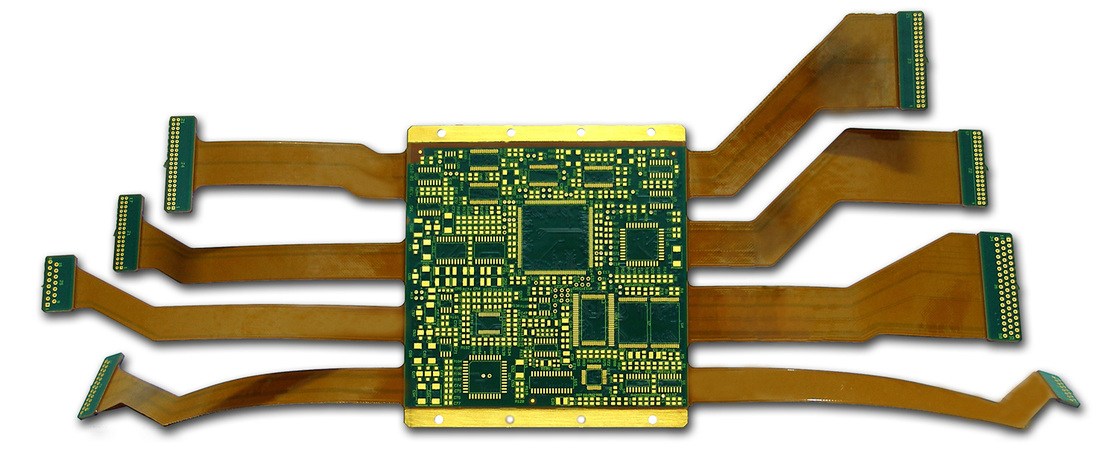It is well known that PCBA Enclosure Design should follow all safety requirements. In other words, as long as the PCBA Enclosure Design meets the safety requirements, then the quality of product won’t be affected. Now, as a Shenzhen PCBA manufacturer, Grande is going to introduce the Safety requirements between PCBA & Enclosure.

The Safety Requirements
Including electrical gap (spatial distance), creepage distance (creepage distance) and insulation penetration distance.
Electric Gap: The shortest distance measured along the air between two adjacent conductors or a conductor and the surface of the adjacent motor casing.
Creepage Distance: The shortest distance between two adjacent conductors or a conductor and the surface of the adjacent motor casing measured along the insulating surface.

1. Determination Rules Of Electrical Gap:
In the light of the measured working voltage and insulation level, the electrical gap size requirement from the one side circuit ( The winding that connect power supply and input power ) can be determined.
In general, one side AC part: L—N≥2.5mm before the fuse, L.N PE (earth)≥2.5mm, after the fuse is assembled, it is not required, but a certain distance should be kept as far as possible to avoid short-circuit damage to the power supply.
The AC to DC part of the one side is ≥2.0mm.
One side DC ground to earth ≥2.5mm (primary side floating ground to earth) one side part to second side part ( The winding that connect load and output power ) ≥4.0mm, the gap of the second side part of the components connected between the one and second sides ≥ 0.5mm is enough for the second side ground to the earth ≥1.0mm.
Note: Before deciding whether to meet the requirements, the internal parts should be applied with a force of 10N and the outer shell should be applied with a force of 30N to reduce their distance, so that the space distance still meets the requirements even in the worst situation.

2. Determination Of Creepage Distance:
According to the working voltage and insulation grade, the creepage distance can be determined, that is:
(1) One side AC part: L—N≥2.5mm before the fuse, L.N earth≥2.5mm, after the fuse, no requirement is required, but try to keep a certain distance to avoid short-circuit damage to the power supply.
(2) The AC to DC part of the one side is ≥2.0mm.
(3) One side direct current ground to ground≥4.0mm, such as one side ground to ground.
(4) The one side to the second side is ≥6.4mm, and the distance between the pins of components such as optocouplers and Y capacitors is ≤6.4mm to be slotted.
(5) ≥0.5mm between the second side parts.
(6) The second side ground to the earth ≥ 2.0mm or more.
(7) Between two stages of the transformer ≥8.0mm.

3. Insulation Penetration Distance:
The following regulations should be met based on the working voltage and insulation application:
(1) The working voltage does not exceed 50V (71V AC peak value or DC value), and there is no thickness requirement;
(2) The minimum thickness of additional insulation should be 0.4mm;
(3) When the reinforced insulation does not withstand any mechanical stress that may cause deformation or performance degradation of the insulating material at normal temperature, the minimum thickness of the reinforced insulation should be 0.4mm.
If the insulation provided is used in the protective enclosure of the equipment and will not be bumped or scratched during maintenance by the operator, and falls under any of the following conditions, the above requirements do not apply to thin-layer insulation materials regardless of their thickness :
(1) For additional insulation, use at least two layers of materials, each of which can pass the electrical strength test for additional insulation;
(2) Additional insulation composed of three layers of materials, any combination of two layers of materials can pass the electrical strength test of the additional insulation;
(3) For reinforced insulation, use at least two layers of materials, each of which can pass the electrical strength test for reinforced insulation;
(4) Reinforced insulation composed of three layers of insulating materials, any combination of two layers of materials can pass the electrical strength test of the reinforced insulation.








